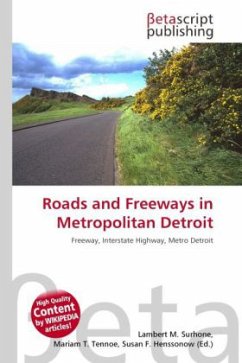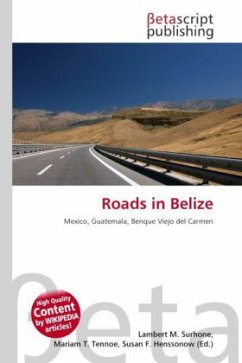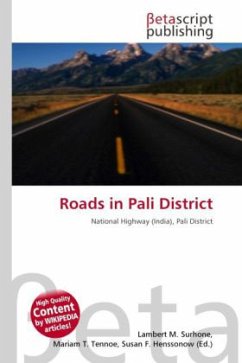
Roads and Expressways in South Korea
Versandkostenfrei!
Versandfertig in 6-10 Tagen
30,99 €
inkl. MwSt.

PAYBACK Punkte
15 °P sammeln!
High Quality Content by WIKIPEDIA articles! Expressways in South Korea were originally numbered in order of construction. Since August 24, 2001, they have been numbered in a scheme somewhat similar to that of the Interstate Highway System in the United States, in fact the icons of the highways look similar to the US Interstate icons: Arterial routes are designated by two-digit route numbers, with north-south routes having odd numbers, and east-west routes having even numbers. Primary routes (i.e. major thoroughfares) have five and zero as their last digits respectively, while lesser (secondary...
High Quality Content by WIKIPEDIA articles! Expressways in South Korea were originally numbered in order of construction. Since August 24, 2001, they have been numbered in a scheme somewhat similar to that of the Interstate Highway System in the United States, in fact the icons of the highways look similar to the US Interstate icons: Arterial routes are designated by two-digit route numbers, with north-south routes having odd numbers, and east-west routes having even numbers. Primary routes (i.e. major thoroughfares) have five and zero as their last digits respectively, while lesser (secondary) routes have various final digits. Branch routes have three-digit route numbers, where the first two digits match the route number of an arterial route. Belt lines have three-digit route numbers where the first digit matches the respective city's postal code. Route numbers in the range 70-99 are not used in South Korea and are reserved for designations in the event of Korean reunification.












